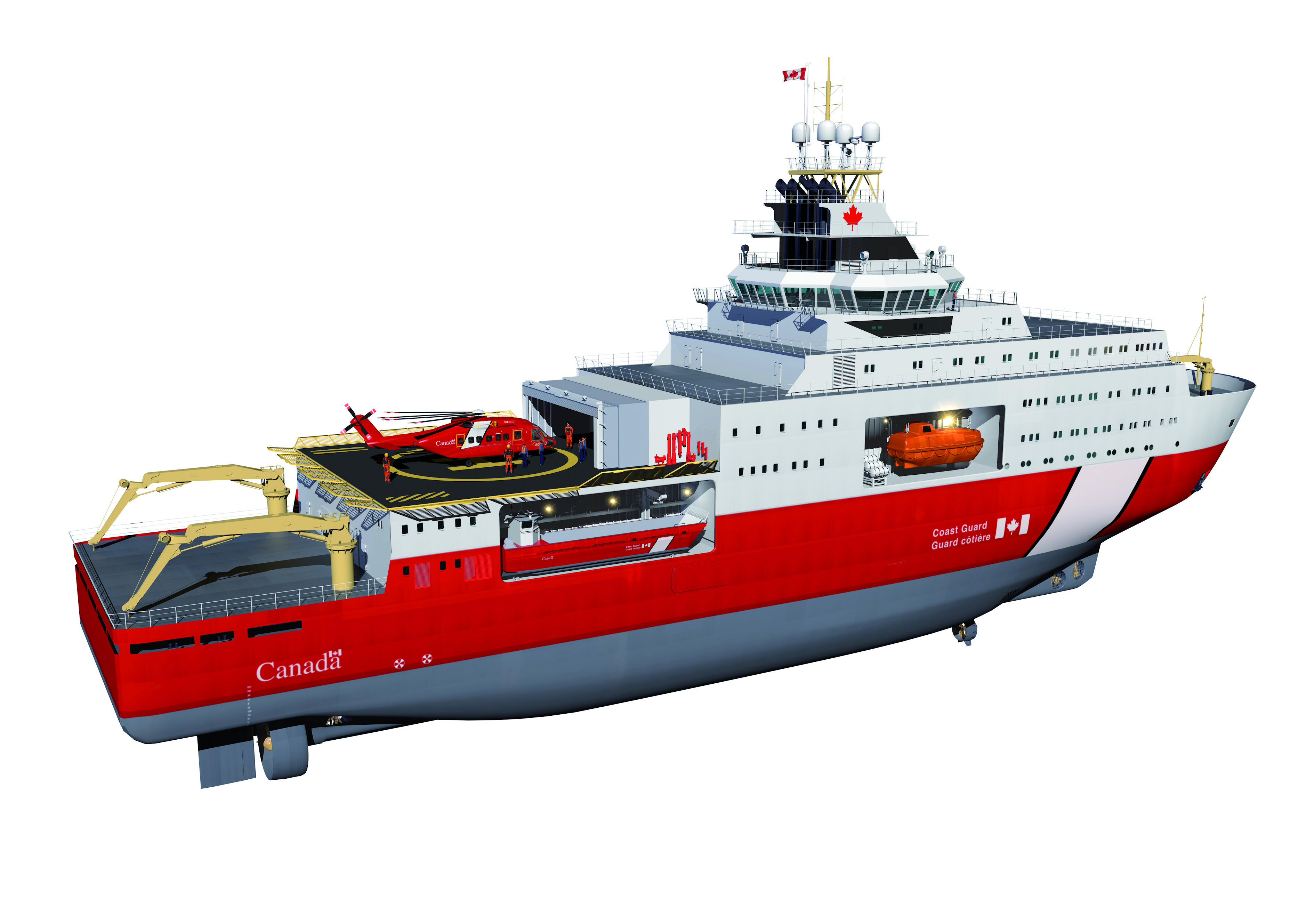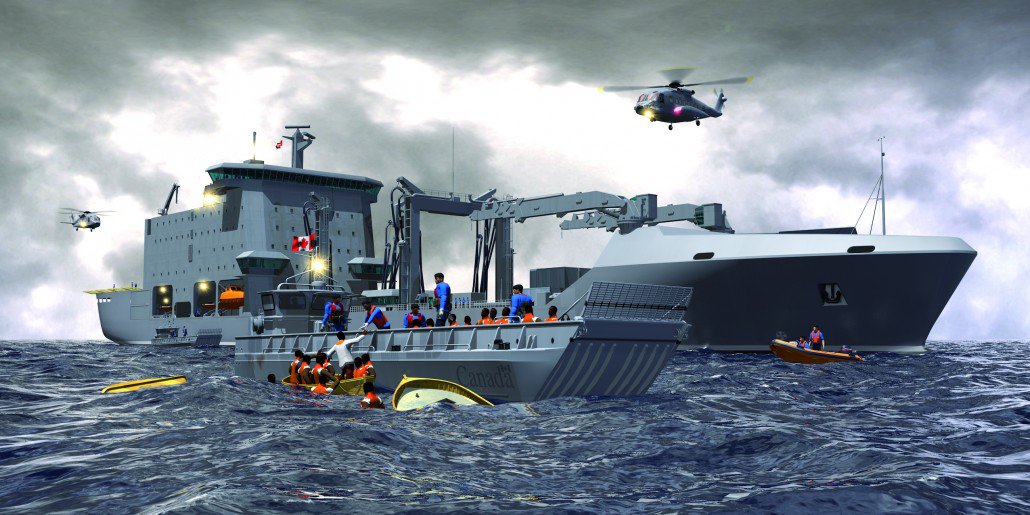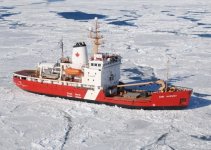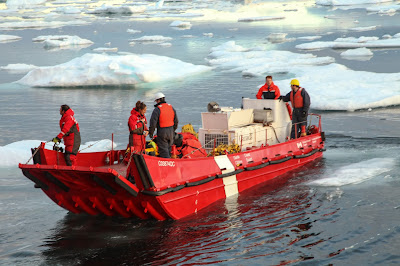- Reaction score
- 10,328
- Points
- 1,160
http://news.nationalpost.com/news/canada/canadian-coast-guard-may-be-forced-to-lease-icebreakers-as-aging-fleet-increasingly-at-risk-of-breakdowns
Is that really all that bad?
A number of other countries have leased government vessels from the private sector, including the UK and the US. Some of those vessels were armed as well. Even AOPS type ships have been leased.
So, is leasing really all that bad an option? Especially at this time when the existing inventory is so old, capital is limited, roles are in flux and capabilities have to be explored.
Is that really all that bad?
Canadian Coast Guard may be forced to lease icebreakers as aging fleet increasingly at risk of breakdowns
Lee Berthiaume, The Canadian Press | November 18, 2016 7:25 AM ET
The Louis S. St-Laurent, seen in Lancaster Sound on July 11, 2008, was supposed to retire next year but a delay in building a new polar icebreaker means it will stay in the water.
OTTAWA — The Canadian Coast Guard is looking at ways to deal with a looming shortage of icebreakers as its aging fleet faces a mounting threat of frequent mechanical breakdowns.
The federal government on Thursday asked industry to begin drawing up options for providing icebreaking services, including the potential cost and availability, should they be required, of leasing from private companies.
The request comes days after one of the coast guard’s existing ships was taken out of service for what officials described as an “engineering challenge,” which they predicted will become more common in the coming years.
“Aging ships come with a greater risk of breakdowns and increased requirements for unplanned maintenance,” said Chris Henderson, the coast guard’s director general of national strategies.
“This means we may face potential gaps in icebreaking services over the next five years.”
The coast guard says it may need as many as five extra icebreakers at various times over the next few years as the current fleet goes through repairs and upgrades and a new polar icebreaker is built.
That polar icebreaker, Canadian Coast Guard Ship John G. Diefenbaker, was supposed to be finished next year, at which point the government would retire the 47-year-old CCGS Louis S. St-Laurent.
But a scheduling conflict at the Vancouver shipyard responsible for building the $1.3-billion Diefenbaker means it won’t be ready until the early 2020s and so the St-Laurent is being kept in the water.
The federal government has not started moving to replace any of the coast guard’s other icebreakers, even though nearly all of them are over 30 years old and some are nearly 40.
“We’re dealing with an aging fleet that’s going to need a lot of tender loving care,” Henderson said.
Officials blamed increased demand caused by changing ice conditions and activity in the Arctic for their search for alternative icebreaking services for up to 20 years, and not bad planning.
“I think this is, from the coast guard’s perspective, prudent planning so that we don’t end up in a situation where we don’t have sufficient icebreaking capability,” Henderson said.
“We’re doing exactly what we feel is necessary to find out from industry how they can help fill gaps that were previously unforeseen.”
Officials said they are also looking to lease two tugboats to respond to accidents and other emergencies, as part of the Liberal government’s recent commitment to stronger ocean protection.
Lisa Campbell, who oversees military and marine projects at Public Procurement, said the government would lease the tugboats for about five years.
At the end of that period, it would look at how much they were used and decide whether to keep leasing the vessels or buy new ones.
A number of other countries have leased government vessels from the private sector, including the UK and the US. Some of those vessels were armed as well. Even AOPS type ships have been leased.
So, is leasing really all that bad an option? Especially at this time when the existing inventory is so old, capital is limited, roles are in flux and capabilities have to be explored.






